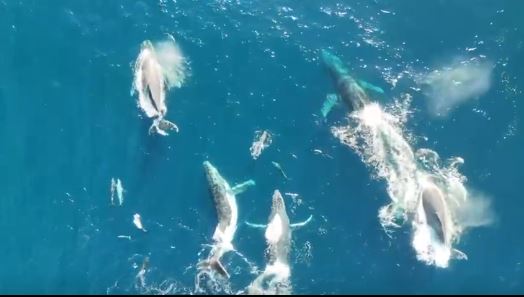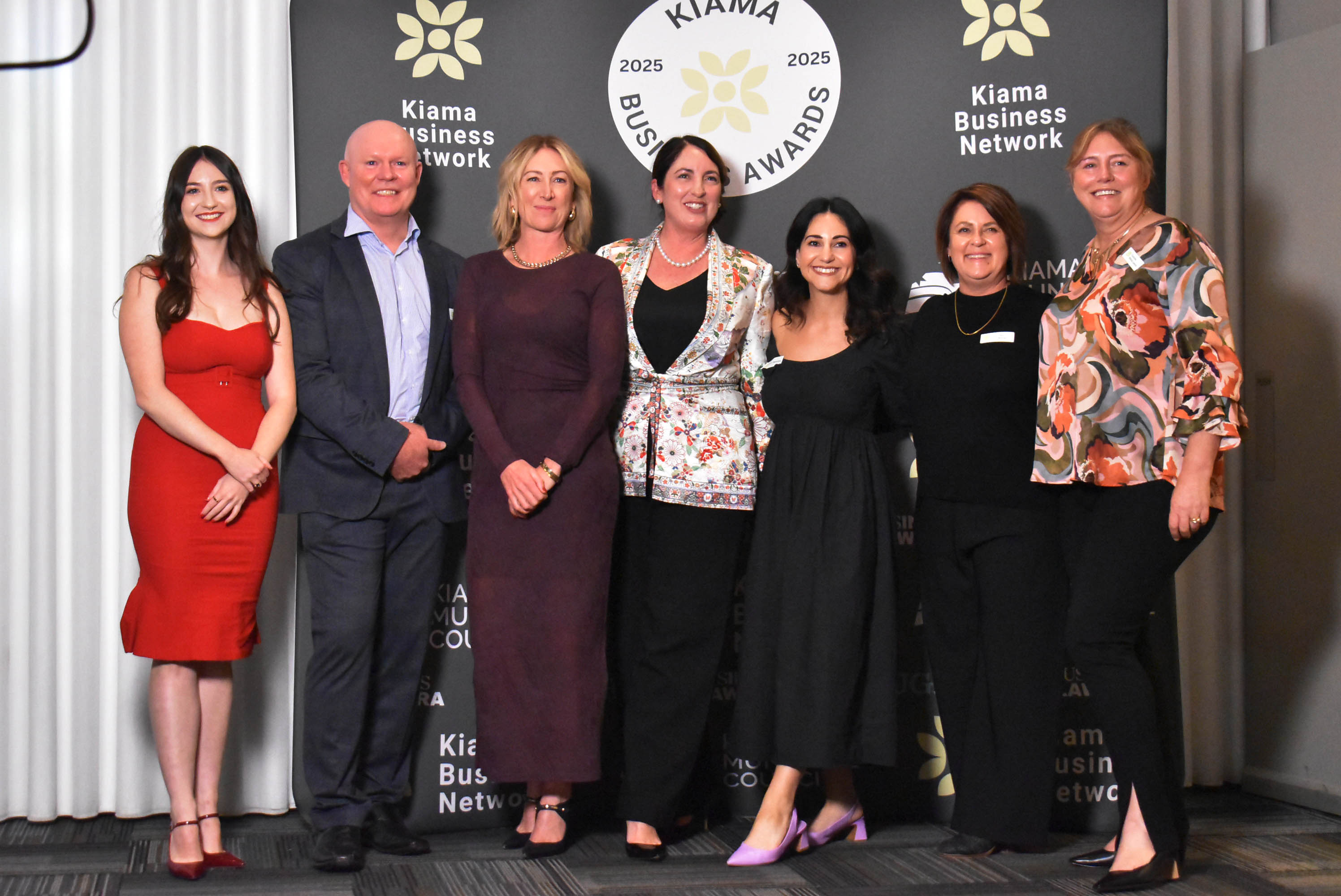Incredible footage shows whales 'playing tag' with dolphins off Kiama Blowhole
Danielle Woolage
12 July 2025, 3:00 AM
 Whales and dolphins mingling off Kiama's coastline. Photo: David Finlay
Whales and dolphins mingling off Kiama's coastline. Photo: David FinlayThe humpback highway is busier than ever before with citizen scientists counting a record number of whales, including almost 150 off Kiama, during the latest annual census.
More than 5000 whales were spotted across the east coast during this year’s event on June 29, organised by volunteer rescue and research organisation ORRCA.
The census encourages community members - dubbed citizen scientists - to count and log whale sightings from their favourite viewing spot, with the data used by ORRCA to track the population size and types of species migrating north.
ORRCA president Ashley Ryan says this Whale Census Day was the most successful in its 26-year history, with more than 600 volunteers across 159 locations - from Tasmania to Queensland’s Sunshine Coast - registering for the count.
“Over the course of the day more than 5000 humpback whales were officially sighted by volunteers at various vantage points, including 142 off the headland at Kiama Heights,” said Ryan.
She believes the huge community involvement likely contributed to the increased number of whale sightings with “records broken on every front”.
“So many people were out for the count and this is testament to the growing passion Australians have for their marine environment,” said Ryan. “Every set of eyes made a difference.”
Experts believe more than 40,000 cetaceans, predominantly humpbacks, traverse Australia’s east coast during their northern migration to warmer waters.
Ryan said the annual census played a critical role in identifying individual whales, mapping habitat use, and informing broader conservation strategies.
“Citizen science is powerful not just because of the numbers, but because it brings people into the story,” she says.
“This year’s data will directly contribute to ongoing research and protection work. It's science made stronger by the community.”
Kiama’s David Finlay knows the value in environmental interaction and education.
The industrial chemist by trade has been a citizen scientist for decades patiently documenting the best Mother Nature has to offer through a camera lens.
He has captured the stunning Aurora Borealis off Gerringong, glow worm colonies in Helensburgh, fireflies at Macquarie Pass, ghost fungi mushrooms in Kiama frontyards and bioluminescence in the harbour.
Most recently he captured incredible footage of the humpbacks “playing tag” with a pod of dolphins off Kiama’s Blow Hole point on the weekend of the census.
“I’ve never seen whales and dolphins play so purposefully together, and for such an extended period, they were playing tag,” said Finlay who filmed the breathtaking scenes from his drone.
“This behaviour went on for over an hour. The six whales just chased the dolphins everywhere, and the dolphins were teasing them with their speed and manoeuvrability.
"It was like a long trip with a car full of kids and taking a playground break. It was such a joy to watch.
“The more people that you can teach how to enjoy being in nature, while also preserving it, the better we all are.”
Data collected by citizen scientists during the census is collated and used in ORRCA’s East Coast Whale Migration Research Program, which helps document and understand the movement patterns of humpback whales along the state’s coastline.
Research and data will also be used to better manage whale strandings, a distressing phenomenon that is not fully understood, with the state’s latest stranding on Wollongong’s City Beach on Tuesday.
ORRCA volunteers and National Parks and Wildlife Service tried to refloat a female melon-headed whale after it was spotted circling unusually close to shore.
Despite the best efforts of rescuers the whale could not be saved.
NEWS




